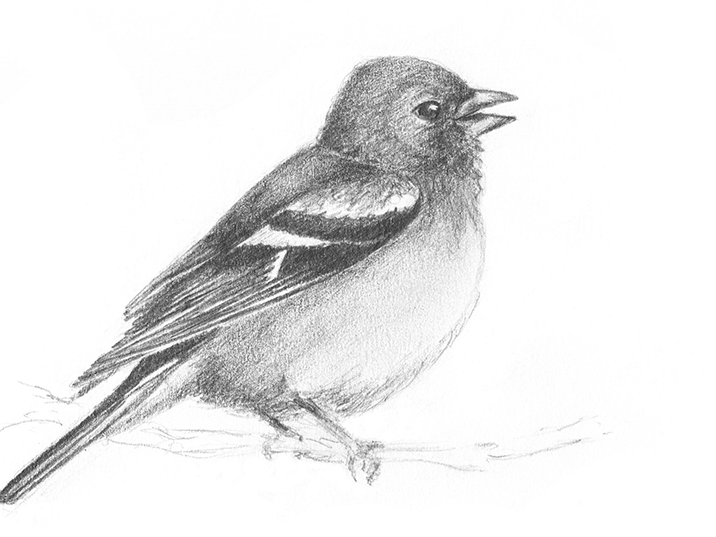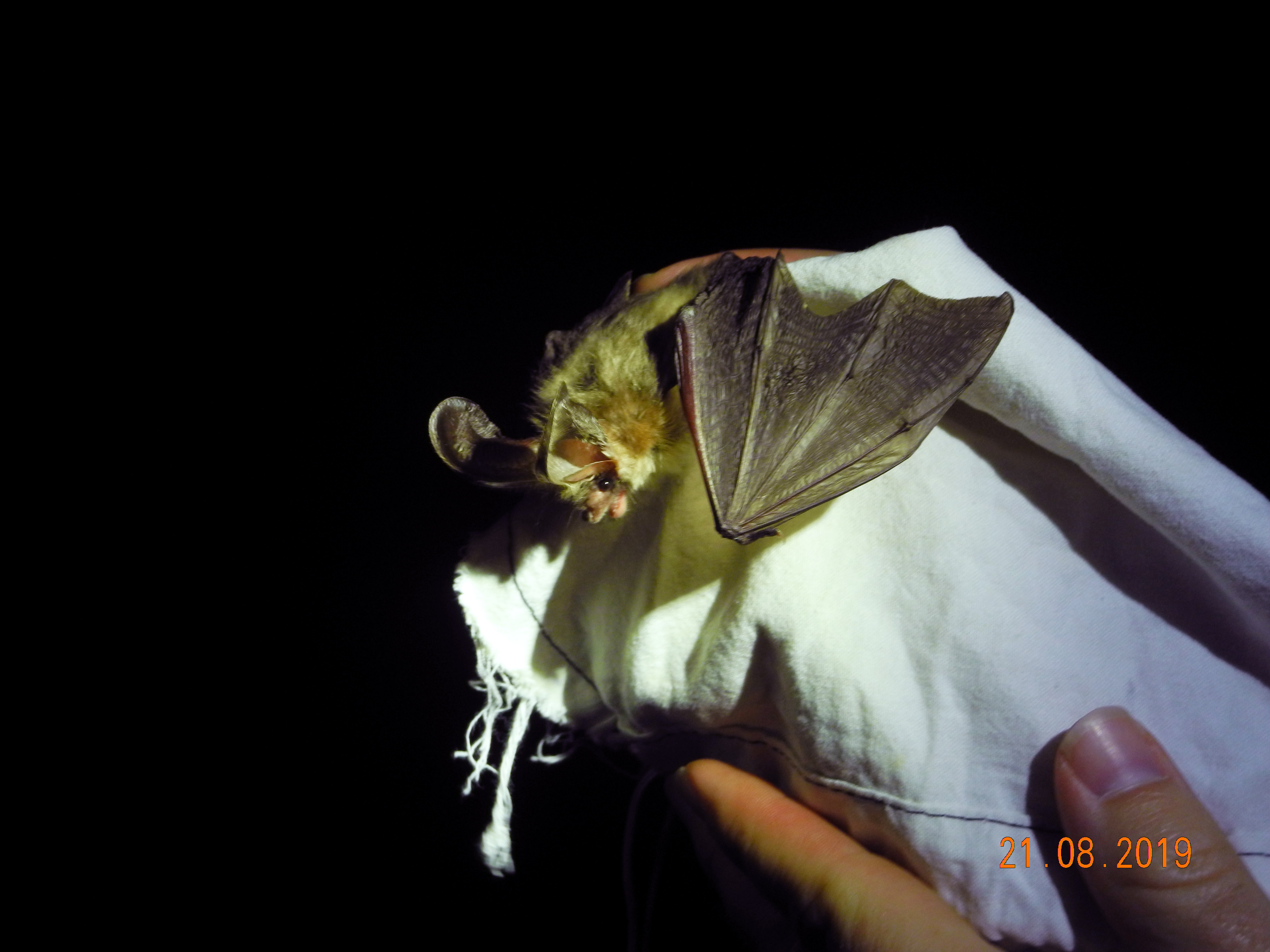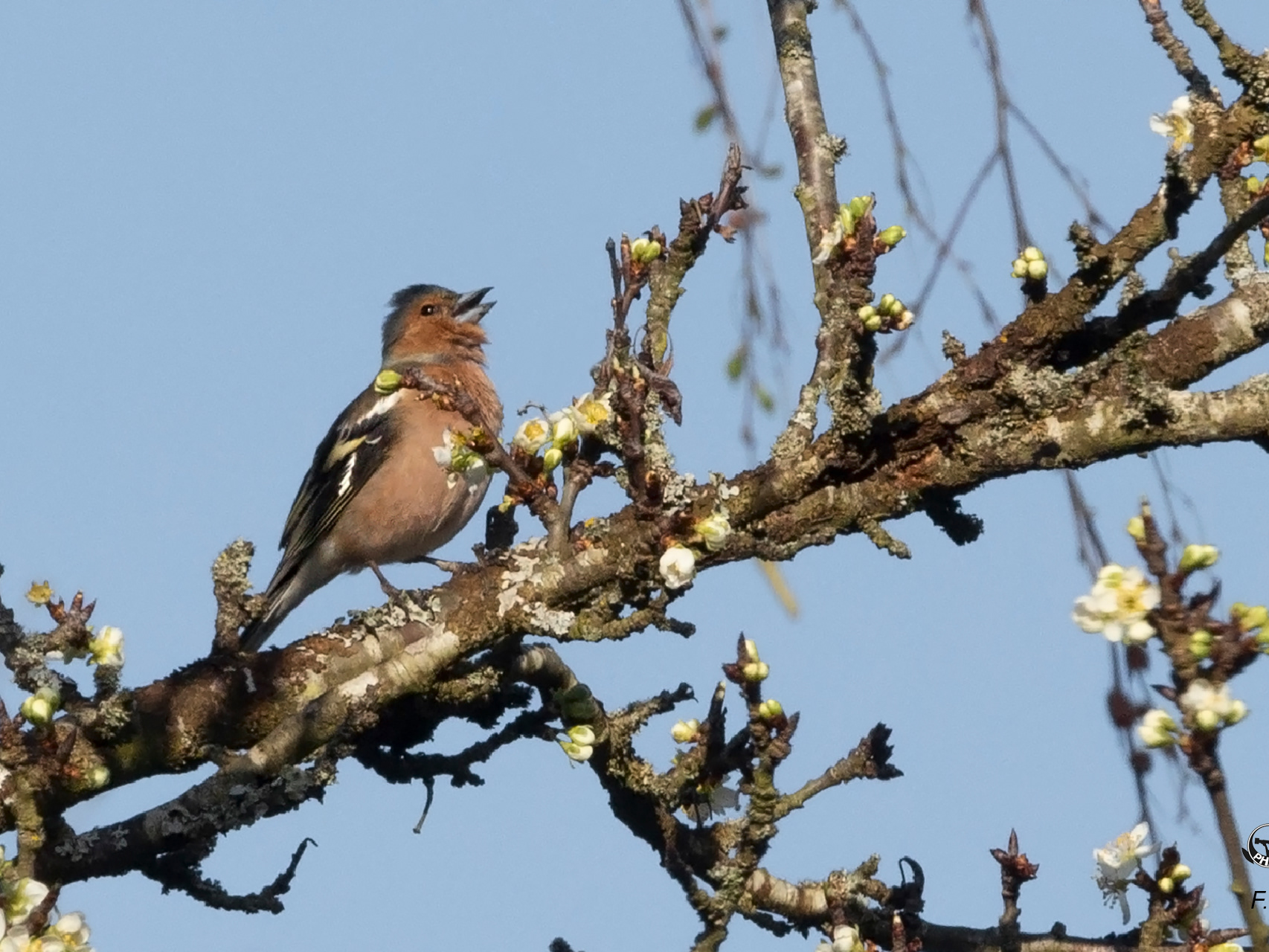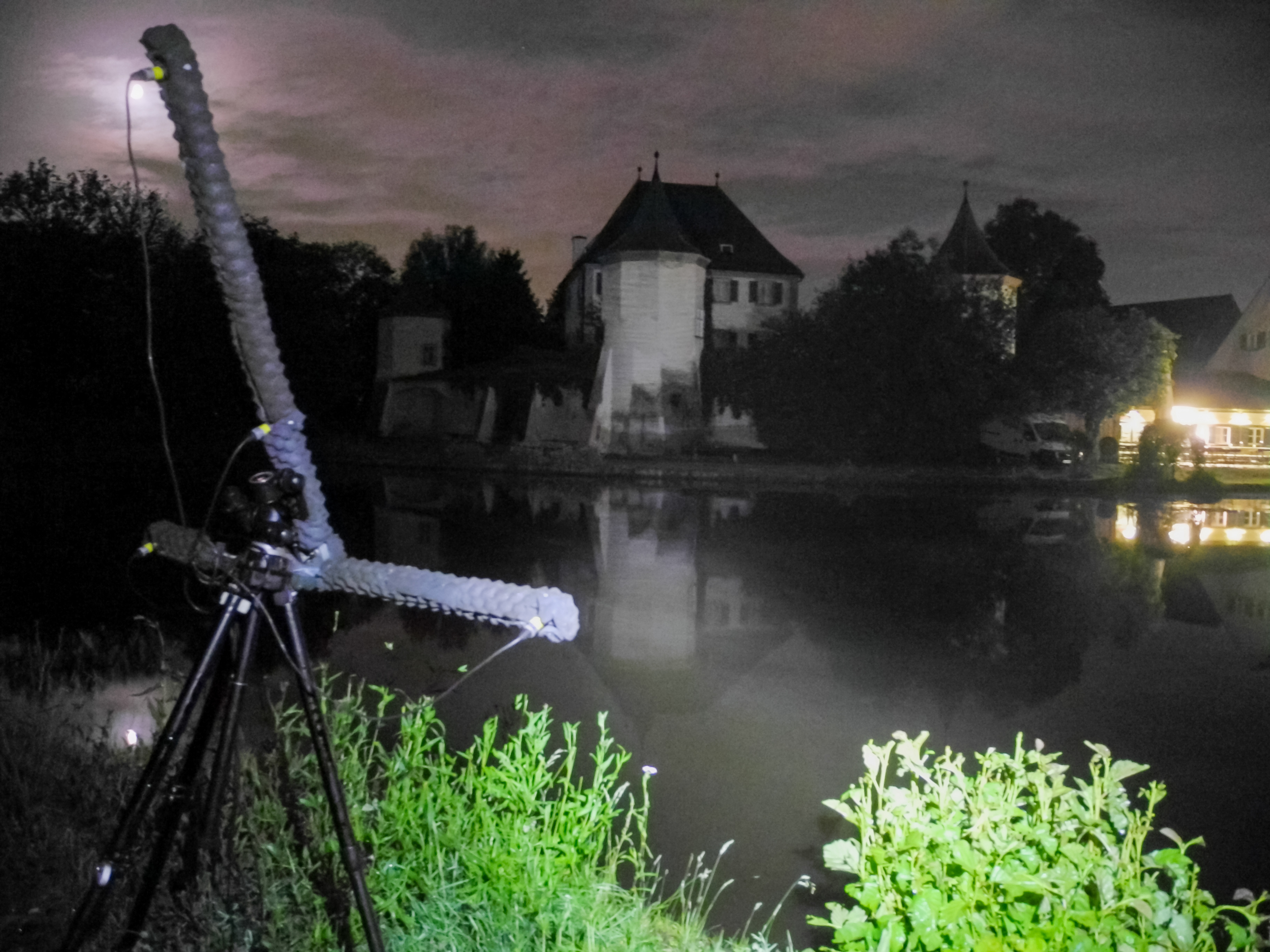Bird nests are easy targets for predators: chicks beg loudly, parents are going back and forth... Therefore birds have a variety of strtegies to defend their nests against potential enemies.
To be effective, the birds have to know when their precious nests are at risk, and we investigated how teh timing of predation varies according to habitats and latitude.
In a meta-analysis, we collected all the studies reporting the species of predators at nests using camera traps and nest video monitorring. We collected over 4000 predators which we classified as nocturnal or diurnal based on the species activity patterns. We then analysed teh proportion of nests depredated by nocturnal predators across latitudes and habitats.
We expected that predators are more likely to be diurnal at high latitudes (close to the poles), where dayligh duration is very long in summer. This was the case only in deserts and open habitats. In forests, we found the oposite pattern, that is more nocturnal predators closer to the poles. This was a surprising result, which calls for more thorough investigation, and likely influences how and when birds build their nests, how they defend their chicks and how this influences survival.
The full study can be read here.





